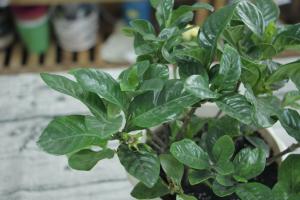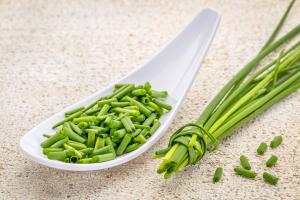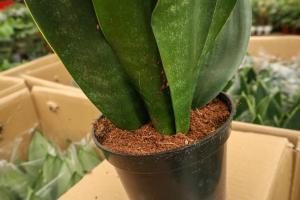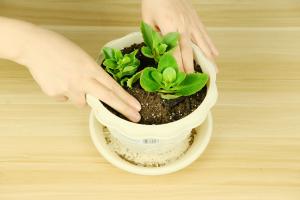Introduction
When it comes to growing plants indoors, one of the most important factors to take into consideration is lighting. Natural light is, of course, the best option, but not all indoor spaces have adequate sunlight. This is where artificial light sources, such as LED lights, come in. In this article, we will explore whether LED lights are good for growing plants.
The Benefits of LED Lights for Growing Plants
LED lights have become increasingly popular among indoor gardeners because they offer many benefits for plant growth. For starters, LED lights are incredibly energy-efficient and do not produce as much heat as other light sources. This means that LED lights can be left on for longer periods without risking damage to the plants. Additionally, LED lights can be customized to provide the exact spectrum of light that the plants need for optimal growth. This means that LED lights can be tailored to meet the specific needs of different plants.
The Different Types of LED Lights
There are several different types of LED lights available, each with its own unique benefits for growing plants. The most common types of LED lights used for growing plants are full-spectrum, red/blue, and white. Full-spectrum LED lights mimic natural sunlight and provide all the colors of light that plants need for photosynthesis. Red/blue LED lights, on the other hand, are designed to provide the specific wavelengths of light that plants need for optimal growth. White LED lights are also useful for growing plants because they provide a wide spectrum of light.
The Drawbacks of LED Lights for Growing Plants
While LED lights offer many benefits for growing plants, they also have some drawbacks to consider. One of the main drawbacks is the cost of LED lights. While LED lights are more energy-efficient and last longer than other types of lighting, they can be expensive upfront. Additionally, LED lights can be tricky to set up and adjust, which can be frustrating for some indoor gardeners. Finally, LED lights may not be suitable for all types of plants, so it is important to do your research before investing in LED lights for your indoor garden.
Conclusion
Overall, LED lights are a great option for growing plants indoors because they offer many benefits, such as energy efficiency and customization. While they may not be suitable for every type of plant and can be expensive upfront, the long-term benefits of LED lights make them a worthwhile investment for serious indoor gardeners.

 how many times do yo...
how many times do yo... how many planted tre...
how many planted tre... how many pine trees ...
how many pine trees ... how many pecan trees...
how many pecan trees... how many plants comp...
how many plants comp... how many plants can ...
how many plants can ... how many plants and ...
how many plants and ... how many pepper plan...
how many pepper plan...
































